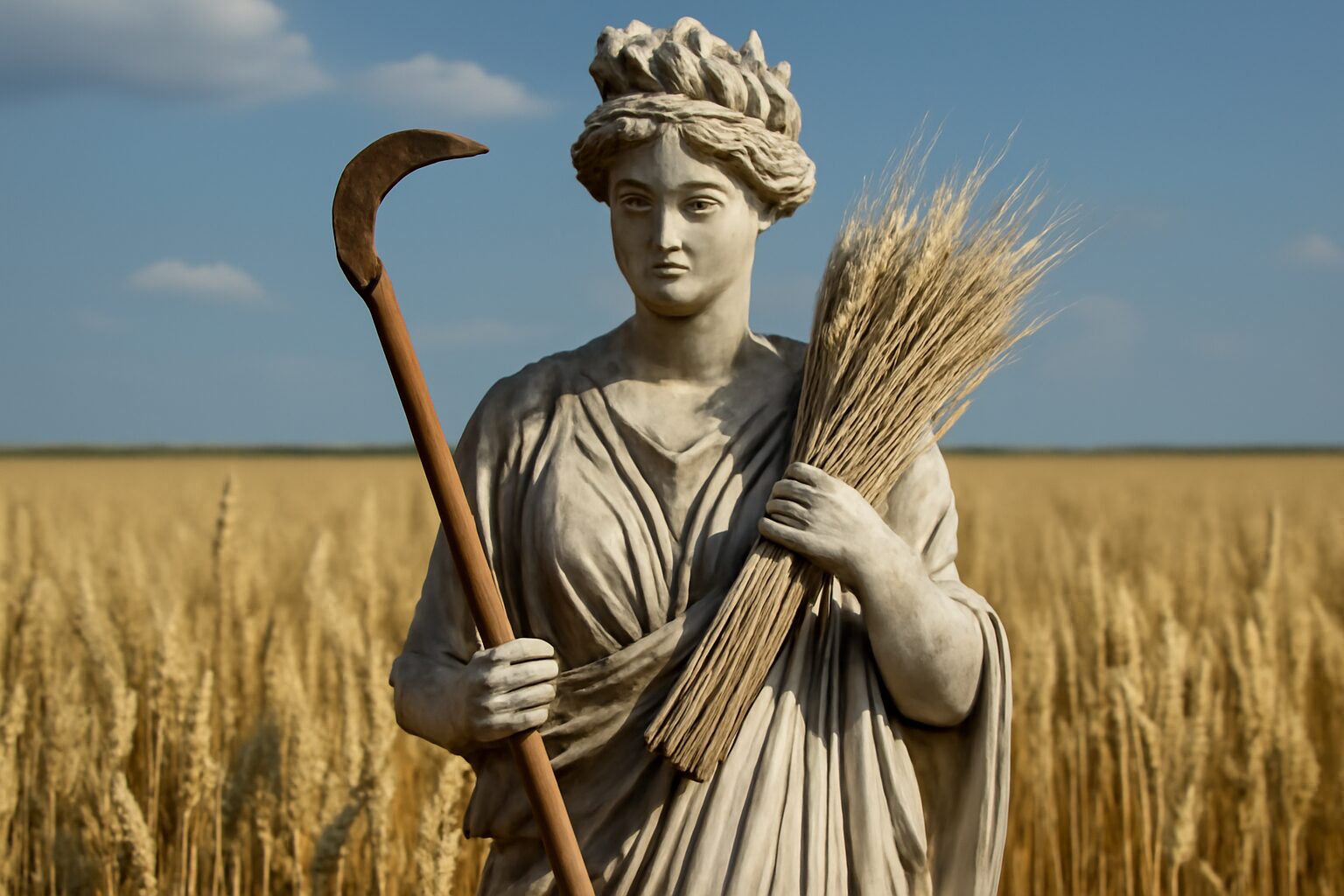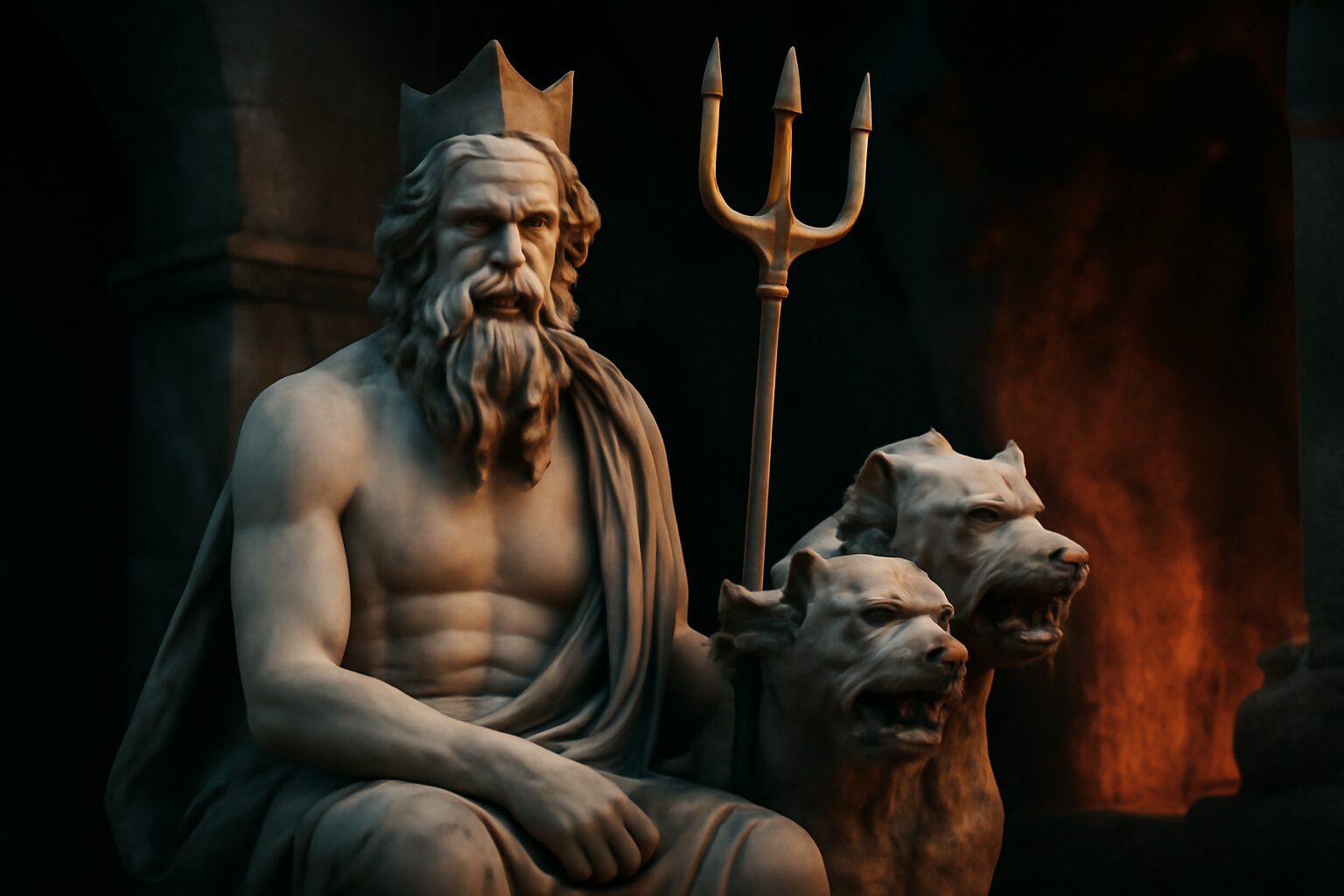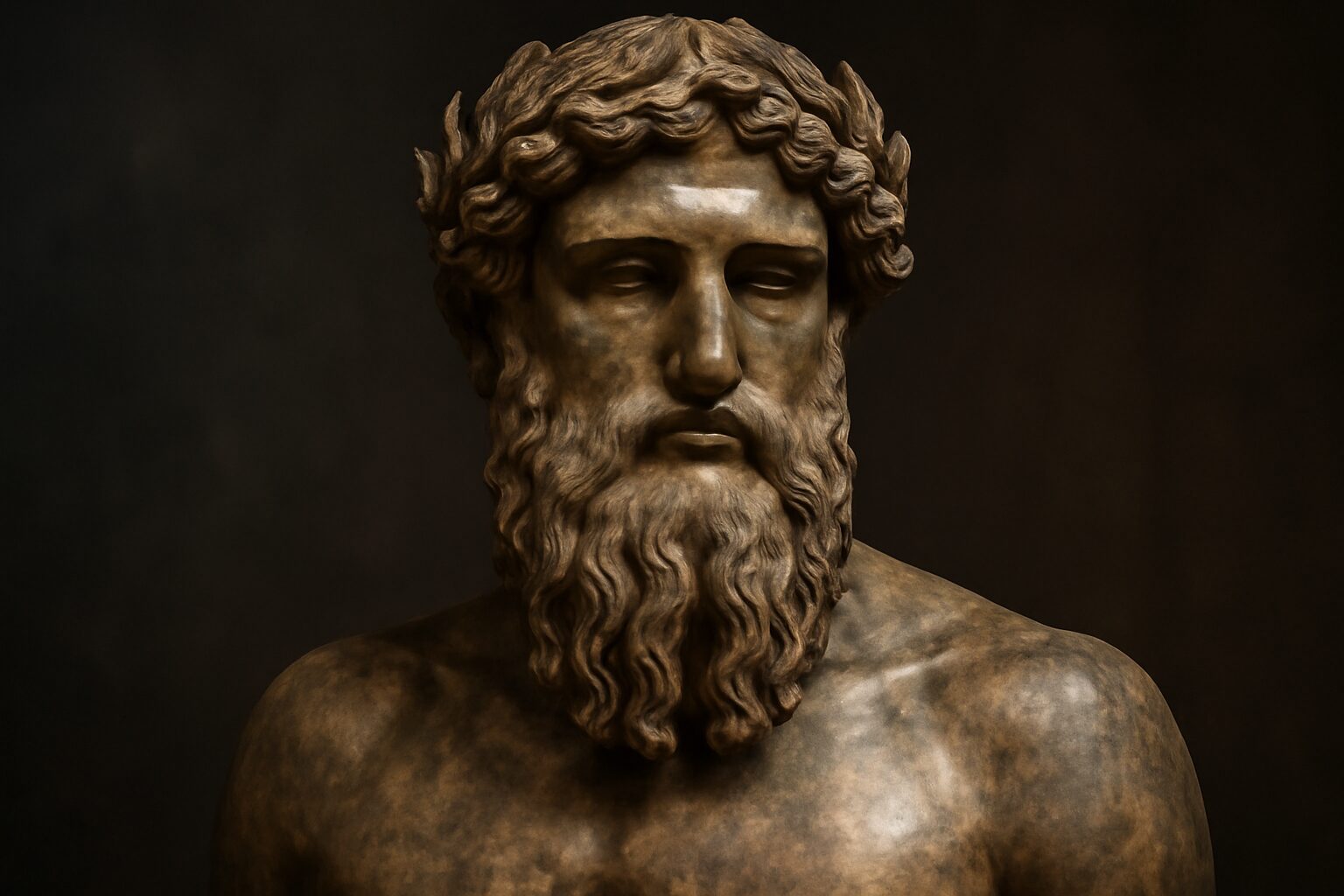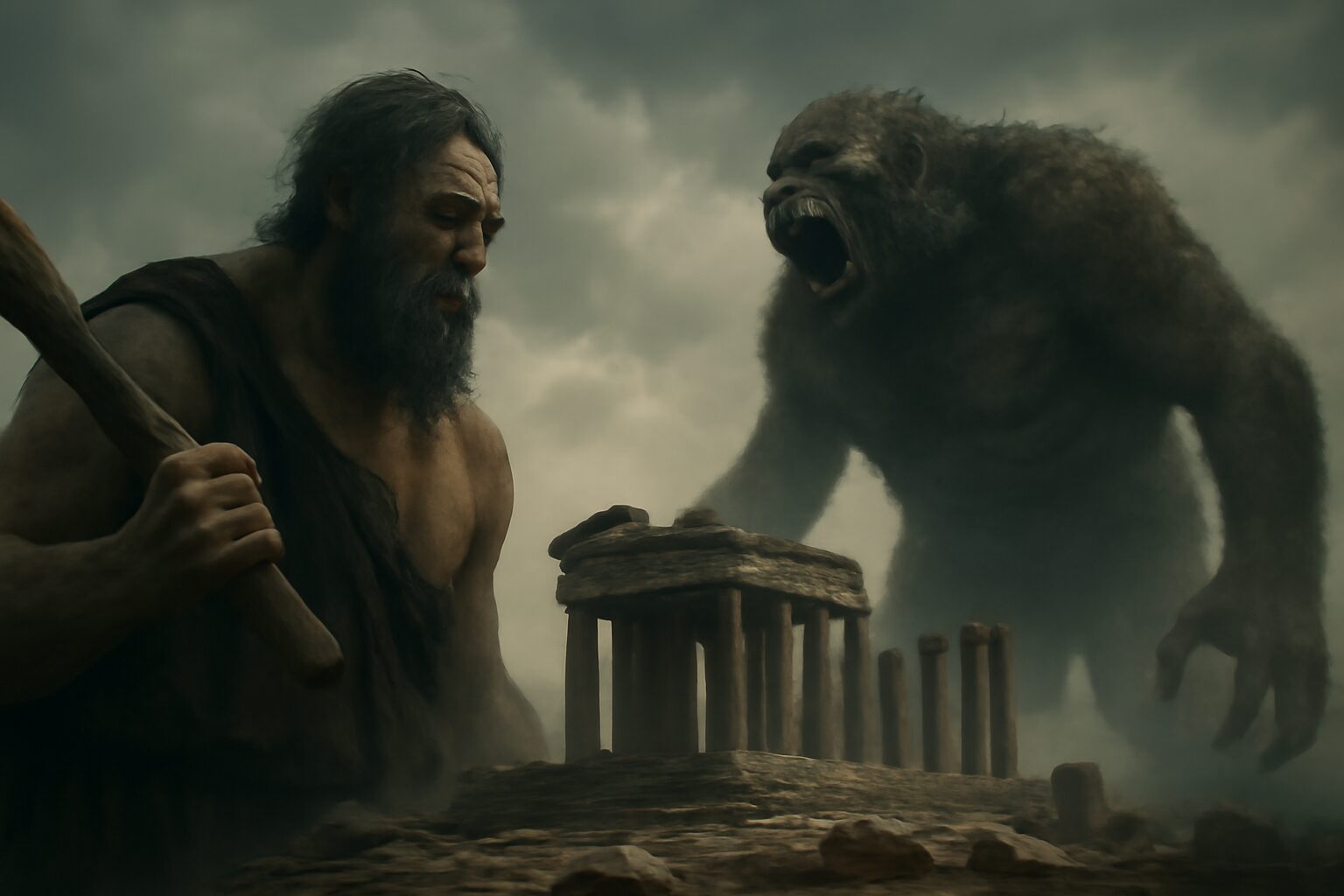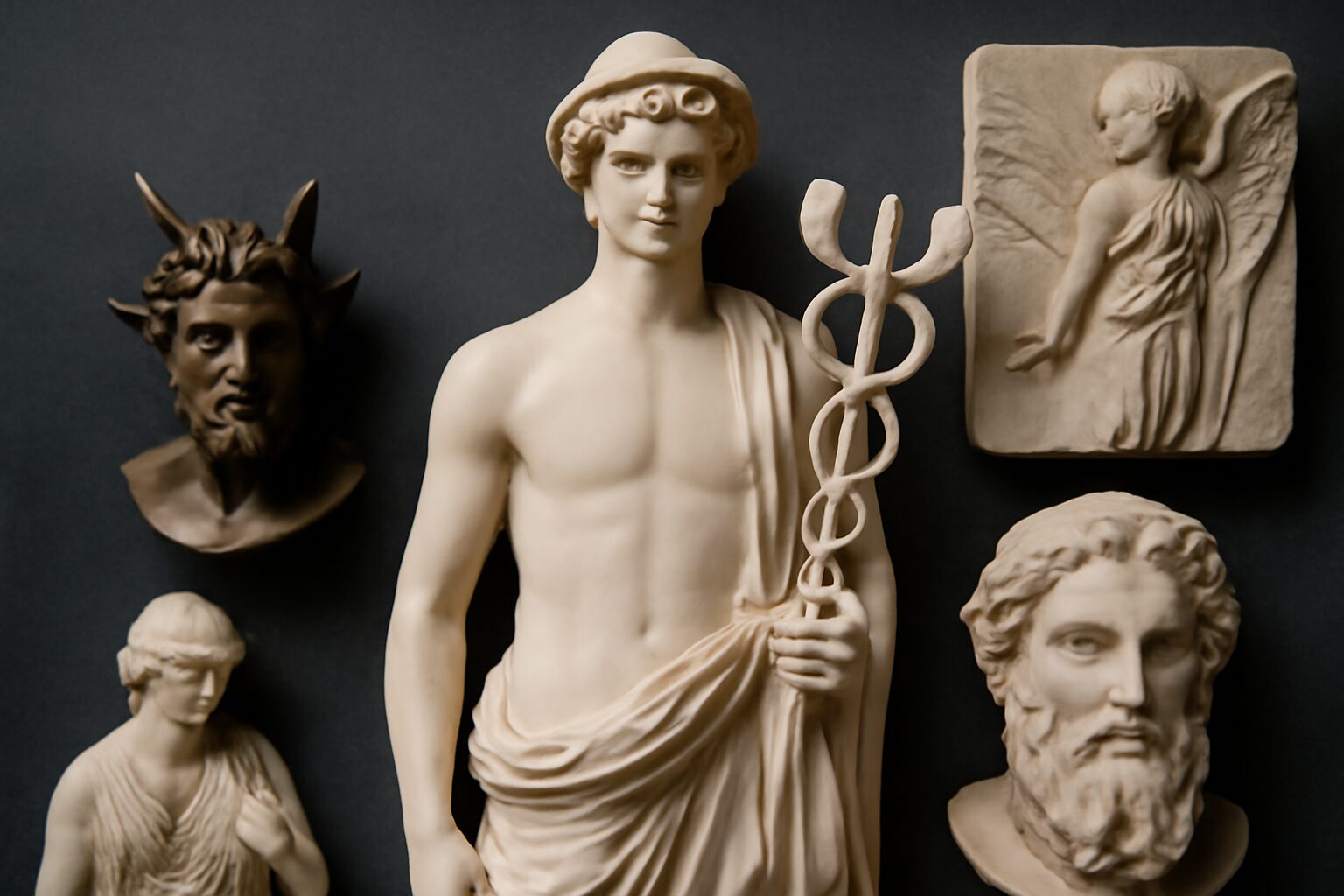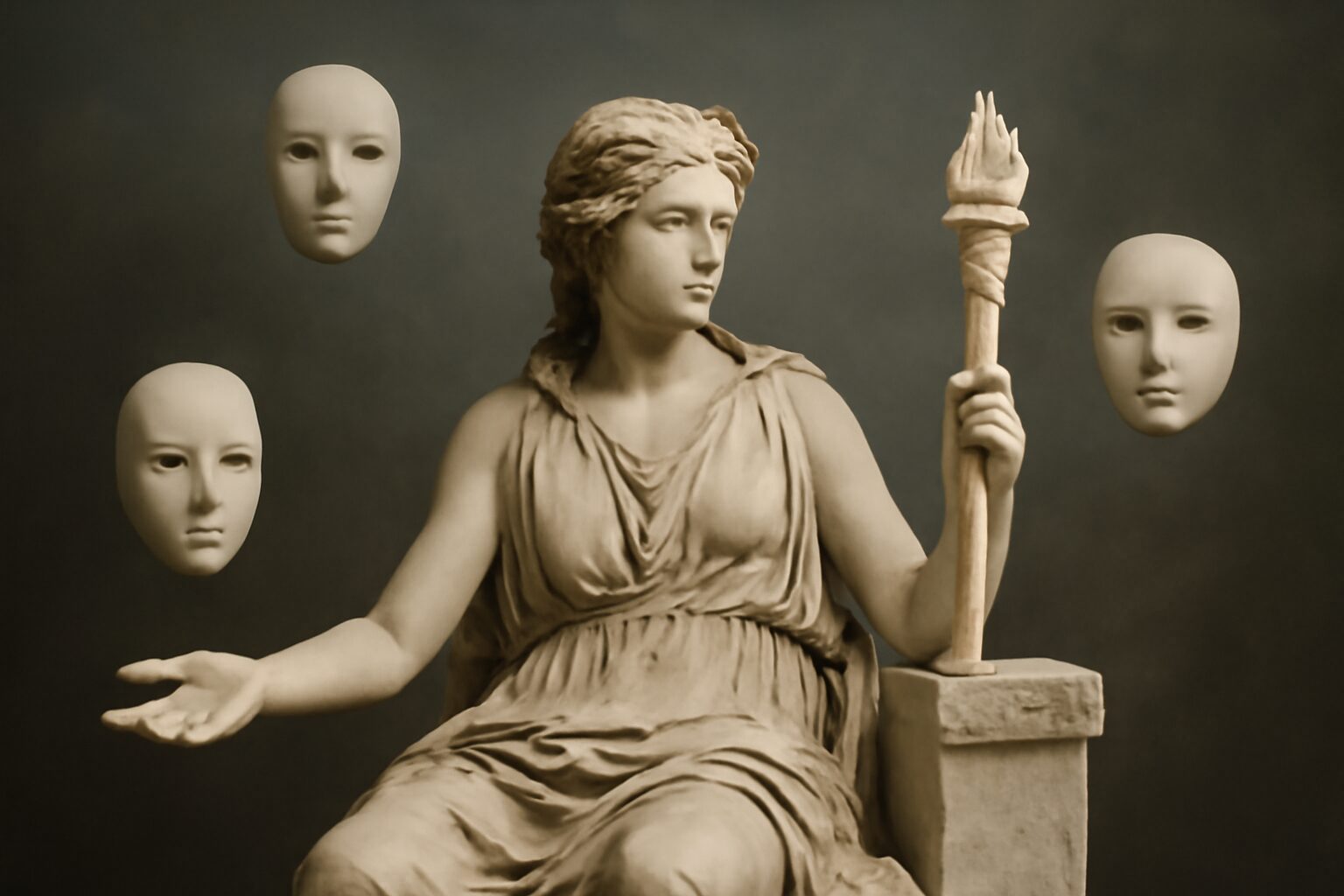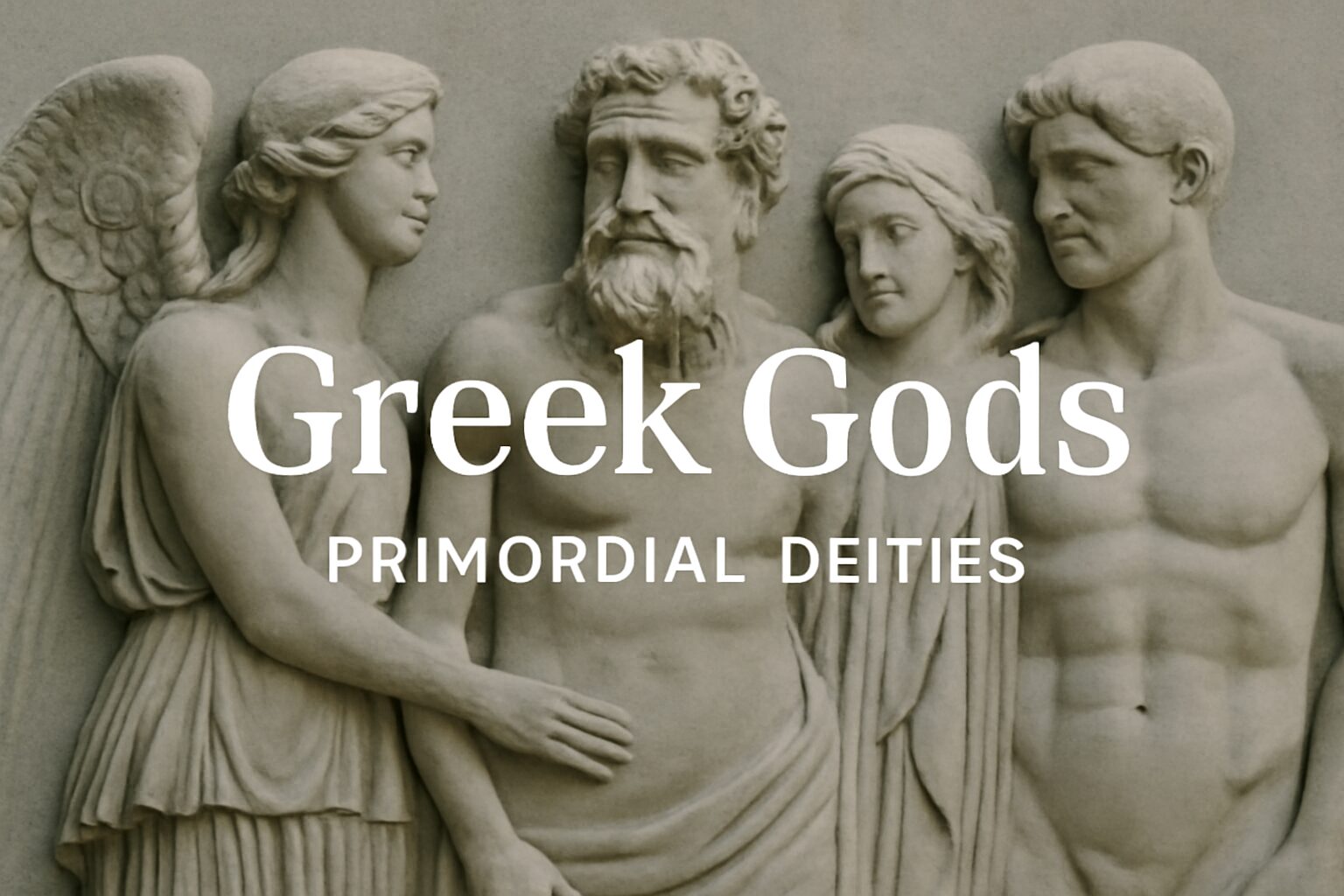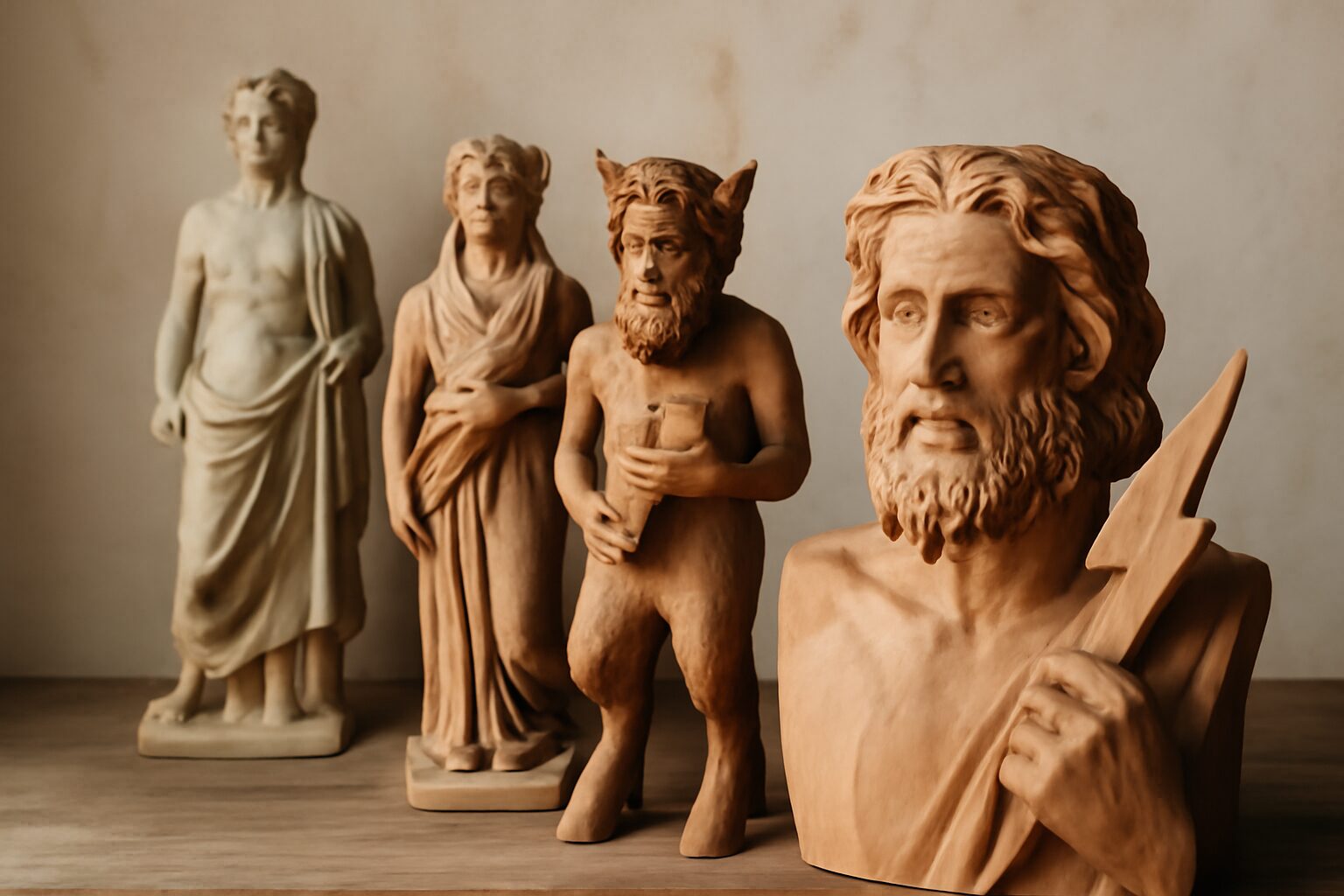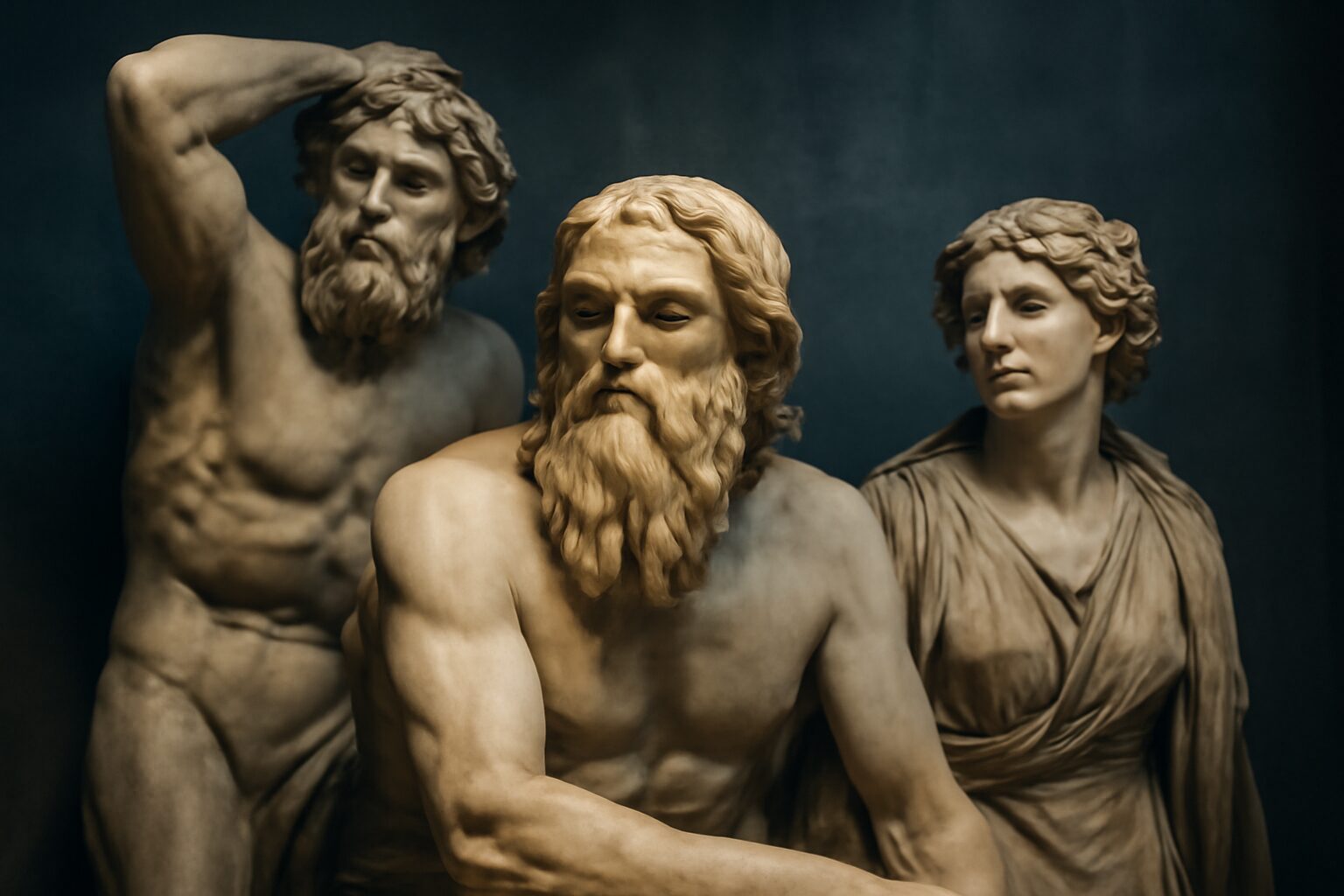Telesphorus: The Healing Deity of Recovery
In Greek mythology, Telesphorus (meaning "the accomplisher" or "bringer of completion") was a lesser-known but significant deity associated with healing and convalescence. Often depicted as a small, hooded figure, he was considered a companion to Asclepius, the god of medicine, and sometimes to Hygeia, the goddess of health.
Role and Symbolism
Telesphorus symbolized the final stages of recovery, representing the gradual return to health after illness or injury. Unlike Asclepius, who oversaw the broader aspects of medicine, Telesphorus focused specifically on the patient's journey toward wellness. His presence was believed to bring comfort and assurance to those in the healing process.
Artistically, he was often shown wearing a long cloak with a hood, possibly symbolizing protection and the slow, careful nature of recovery. Some interpretations suggest his hooded appearance represented the secrecy and patience required in healing.
Mythological Connections
Telesphorus was sometimes considered the son of Asclepius, though his origins are unclear in many texts. He frequently appeared alongside Asclepius and Hygeia in healing sanctuaries, particularly in Epidaurus, the most famous center of Asclepian worship. Together, they formed a divine triad overseeing different aspects of health: prevention (Hygeia), treatment (Asclepius), and recovery (Telesphorus).
In some traditions, he was linked to the Celtic god Belenus, suggesting a possible syncretism between Greek and Celtic healing deities.
Worship and Legacy
Though not as widely venerated as Asclepius, Telesphorus had a presence in healing cults across the ancient Greek world. Small statues and votive offerings depicting him have been found in sanctuaries, indicating that patients sought his aid during their recuperation.
His influence extended into Roman times, where he was sometimes called Telesphoros. The concept of a deity specifically governing recovery reflects the ancient Greeks' sophisticated understanding of the healing process as a journey requiring divine as well as medical intervention.
Alternative Names for Telesphorus
God Name: Telesphorus (Roman)
The Roman equivalent retains the same name as the Greek Telesphorus, a minor deity associated with healing and recovery, often depicted as a hooded child accompanying Asclepius.
God Name: u03a4u03b5u03bbu03b5u03c3u03c6u03ccu03c1u03bfu03c2 (Greek)
This is the original Greek name of the god, meaning 'the accomplisher' or 'bringer of completion,' reflecting his role in the healing process.
God Name: Telesphoros (Epithet)
An alternative spelling or epithet used in some Greek sources, emphasizing his role in bringing fulfillment or completion to healing rituals.
God Name: Aesculapius' Companion (Roman)
A descriptive title used in Roman contexts, highlighting his association with Aesculapius (the Roman Asclepius) as a companion or attendant in healing sanctuaries.
Tales about Telesphorus
Telesphorus and Asclepius: The Healing Partnership
In the sacred halls of Asclepius's sanctuaries, the air hummed with divine energy. Telesphorus, the hooded god of convalescence, moved silently among the sick and wounded, his presence a quiet promise of eventual recovery. While Asclepius performed miraculous healings with his serpent-entwined staff, it was Telesphorus who ensured the patients' complete restoration.
The Gift of Gradual Healing
One mortal, a warrior named Lycomedes, arrived with a wound that refused to close despite Asclepius's direct intervention. Asclepius turned to his companion: "Telesphorus, this requires your gentle touch." The hooded deity placed his hands over the wound, not to close it instantly, but to guide the body's natural healing processes. Over weeks, Lycomedes regained his strength completely, emerging healthier than before his injury. This partnership demonstrated that true healing required both immediate intervention and patient convalescence.
Telesphorus and Hygieia: The Guardians of Wellness
Where Hygieia presided over preventive health and cleanliness, Telesphorus watched over those already afflicted. Their domains complemented each other perfectly—she prevented illness while he guided recovery.
The Plague of Thebes
When a terrible plague struck Thebes, Hygieia taught the people sanitation practices to prevent further spread, while Telesphorus worked tirelessly among the infected. He moved through the sickrooms, his hooded figure bringing comfort to feverish patients. As their febreaks broke, he whispered encouragement, helping them regain their strength gradually rather than rushing the process. Together, they demonstrated that health required both prevention and proper recovery—a lesson that would echo through the healing temples for centuries.
Frequently Asked Questions
Who is Telesphorus in Greek mythology?
Telesphorus is a minor deity in Greek mythology associated with healing and recovery. He is often depicted as a dwarf or a child wearing a hooded cloak, symbolizing the completion of healing processes.
What does the name Telesphorus mean?
The name Telesphorus comes from the Greek words 'teleos' (complete) and 'phoros' (bearing), meaning 'the accomplisher' or 'bringer of completion,' reflecting his role in completing the healing process.
Why is Telesphorus important in Greek mythology?
Telesphorus is important because he represents the final stages of healing and convalescence, often accompanying Asclepius, the god of medicine. He symbolizes hope and the completion of recovery from illness or injury.
How was Telesphorus worshipped in ancient Greece?
Telesphorus was worshipped alongside Asclepius in healing sanctuaries and temples. People prayed to him for a swift and complete recovery, often leaving offerings or votive statues in gratitude for healing.
What can we learn from Telesphorus today?
Telesphorus reminds us of the importance of patience and hope during the healing process, whether physical or emotional. His symbolism encourages trust in the journey toward recovery and well-being.


